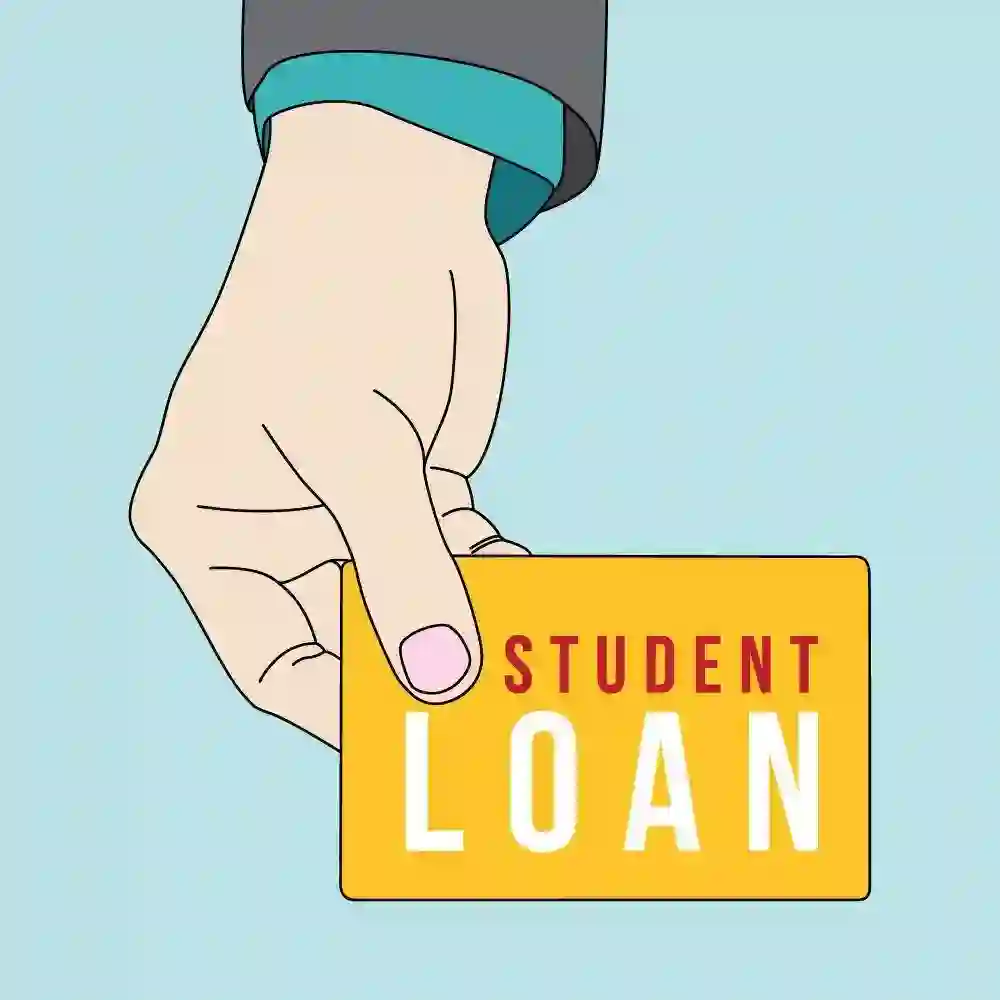President Biden’s Fresh Start program has successfully moved $34 billion worth of delinquent or defaulted student loan accounts into current status. According to Federal Student Aid (.gov), as a result of this program, less than 1% of all student debt is now delinquent or in default. The Fresh Start program is designed to help eligible borrowers who have defaulted on their federal student loans. The program provides several benefits, including the ability to apply for federal student aid and other loans; relief from collection calls, wage garnishments, and Social Security and tax refund withholding; and access to rehabilitation, income-driven repayment plans, student loan forgiveness programs, deferment, forbearance, and the removal of the account default from credit reports, as reported by GOBankingRates on March 19, 2023.
After the COVID-19 payment halt ends, which is currently anticipated for no later than June 30, 2023, the Fresh Start initiative will continue for one year. Defaulted direct loans, Federal Family Education Loans (FFEL), and Perkins loans held by the Department of Education are all eligible. However, to access these benefits, borrowers must make repayment arrangements during the Fresh Start period; otherwise, they risk losing these perks, according to the GOBankingRates report.
For borrowers who will soon need to factor loan payments into their budgets, it is recommended that they strategically prepare for repayment. One way to do this is by adding a “lifestyle” line item to their spending plan and using those funds to cover discretionary purchases such as coffee, takeout, and event tickets. While becoming debt-free may seem overwhelming, the Fresh Start program and strategic planning can help borrowers manage their student loans and work towards financial stability.





![Tyson Foods Plant [Photo: Food Manufacturing]](https://southarkansassun.com/wp-content/uploads/2023/08/iStock_1185520857__1_.5e441daa51cca-600x337.jpg)







![Silverado Senior Living Management Inc. [Photo: Los Angeles Times]](https://southarkansassun.com/wp-content/uploads/2023/10/download-6-4-600x337.jpg)

![China's Wuhan Institute of Virology [Photo: Nature]](https://southarkansassun.com/wp-content/uploads/2023/09/d41586-021-01529-3_19239608-600x337.jpg)
















